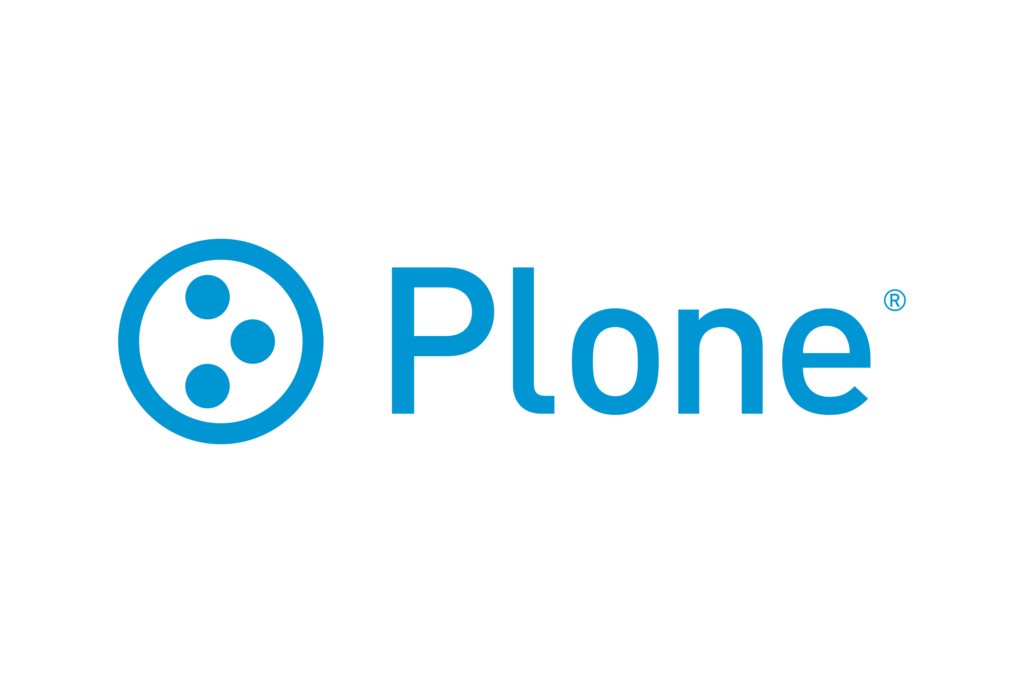
This is a free, open source CMS which can be also be used for knowledge management and is aimed at both technical and non-technical users alike.
It is used in a variety of ways, from small, static sites through to blogs, e-commerce sites, extranets and intranets. It works well as a portal server and as form of groupware which enables information to be shared amongst others.
Plone was released in 2001 and under the GNU General Public License which allows content to be uploaded, edited and shared with others in the community. Like many other systems it is freely available for download and modification.
The big selling point is its flexibility: new features and extensions are available which enable developers to augment the functionality of this system.
Plone was built upon the Zope application server and like any other CMS, is designed to be used by both novice and expert users. It has a range of features which include flexibility, support and ‘out of the box’ functionality and is known for its adherence to usability and accessibility standards.
The name ‘Plone’is taken from an electronic band with the same name.
About Plone
Plone was developed on the top of the Zope 2 server which has been written in Python. It was originally designed as a usability system on the back of the Zope CMS but has become a community based system in the same way as other CMSs such as Joomla, Drupal and Mambo.
The main language used in Plone’s development is Python but a few others have been used which include Javascript, XML and Perl. Plone can be used across all operating systems such as Mac OS, Windows and Linux and will integrate with relational databases and other CMSs, e.g. commercial systems.
Usability is a big selling point of this CMS but don’t forget extensibility. There are a vast array of plug-ins and add-ons such as calendars, image galleries, blogs and workflows.
Characteristics of Plone
Usability and accessibility appear to be two main selling points of this CMS but other equally important features include flexibility, power and security.
Other strengths of this CMS include:
- Wide range of add-ons
- Adaptable workflow
- Adapts to any form of technology and operating systems, e.g. Linux.
- Support available in the form of an international development team and members of the Plone community.
- Easy to install and use
- Search engine friendly with the option to refine this further
- Able to manage multilingual content
- Works equally well as a groupware tool and a document publishing system.
Other features of this CMS can be found on the Plone website.
Disadvantages of Plone
We have mentioned the advantages of using Plone but it is important to list the disadvantages as well. No CMS is 100% perfect and they all have their idiosyncrasies.
The disadvantages of Plone include sluggish performance when logged on although this may depend upon the browser as different browsers execute a website at different speeds. Plus the site is often faster when the user is not logged in.
There is also an issue with caching. It has been reported that any changes the user makes appear not to have taken place which may be because that page has been cached. Reloading the page (known as a ‘forced refresh’) appears to solve this problem.
